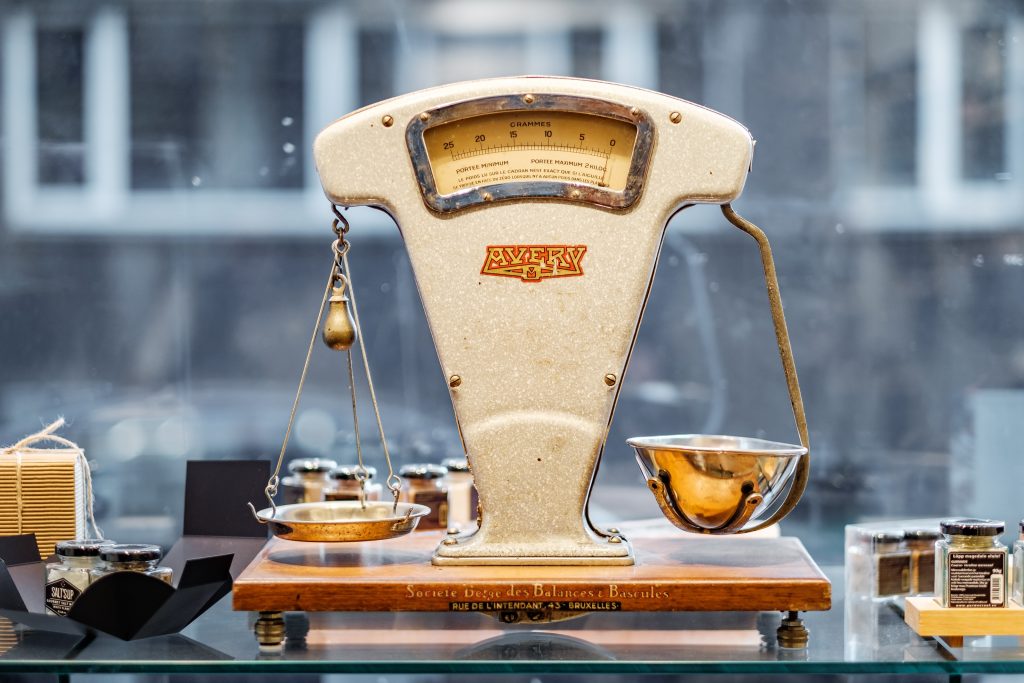Allocation of emissions in food production
Making a climate footprint assessment can sometimes be difficult. The easy case is when you have one piece of land that produces one product. In those cases, you just sum up all emissions associated with that piece of land, divide with the production and that is the climate footprint per kg of the product. However, this is seldom the case.
In many cases, you get several products from one process. For instance, when you produce milk, you also get meat from slaughtered cows and calves. When you grow wheat you also get straw. So, this is a general problem, most food products are produced on an interconnected web. The question of allocation is essentially how large parts of the emissions should be allocated to each product.
Soybeans are often processed to one fraction of soymeal, which is used as fodder, and soy oil, one of the most widely used cooking oils globally. Let’s assume that 1 kg of soybeans causes 1 kg of CO2-eq emissions. For each kg of soybeans, you get 800 g meal and 200 g oil. The question then is how large emissions does 1 kg of oil or meal cause?
One method is to allocate based on weight. That means that both 1 kg of the meal and 1 kg of oil is assumed to cause 1 kg CO2-eq emissions. But you can argue that what is relevant here is the energy content – that is what makes you full. Soy oil has 6 times higher energy content than meal. If you allocate the emissions based on energy content 1 kg of the meal instead causes only 0,5 kg CO2-eq whereas 1 kg of oil cause 3 kg CO2-eq emissions.
Another way to allocate is based on economic value. It is not necessarily that you want to eat more energy, since that may just make you obese. But you could argue that the price you pay is an indication of the products worth to you. And in contrast to energy content, soy oil costs around twice the price of soymeal. Using economic allocation, soymeal causes 0,8 kg CO2-eq, whereas oil causes 1,6 kg per kg of product.
Regardless of how you allocate the emissions, the total emissions from soy are the same, 1 kg CO2eq per kg (our assumption). But depending on the allocation method, the responsibility for the emissions varies substantially between allocation methods. There is no strict scientific answer to which allocation method is true. It is a matter of perspective.
Newsletter to-go?
Our special today is our Newsletter, including snackable tips, hearty climate knowledge, and digestible industry news delivered to your inbox
Related Posts
Let’s talk scopes: Cradle-to-shelf or cradle-to-grave?
You have decided to calculate the climate footprint of your food product and perhaps also report it or share it with your consumers – great call, it’s a win-win. So, what should your scope be and
How does climate change impact other sustainability issues?
We all know that climate change is a critical issue. But what about the other sustainability issues we are facing? Water scarcity and biodiversity loss, for instance, are two major problems also linke
The CarbonCloud Third-Party Verification
Third-party verification is an important confidence boost in your climate footprints and strategy. So no wonder we get questions about it! Our clients –and their clients– are in it for full transp
How do deforestation emissions work in food?
Deforestation is one of those topics that, as actionable and measurable as it is, transcends business and numbers. For most of us, images of thinning forests, the faded shades of green over the Amazon







